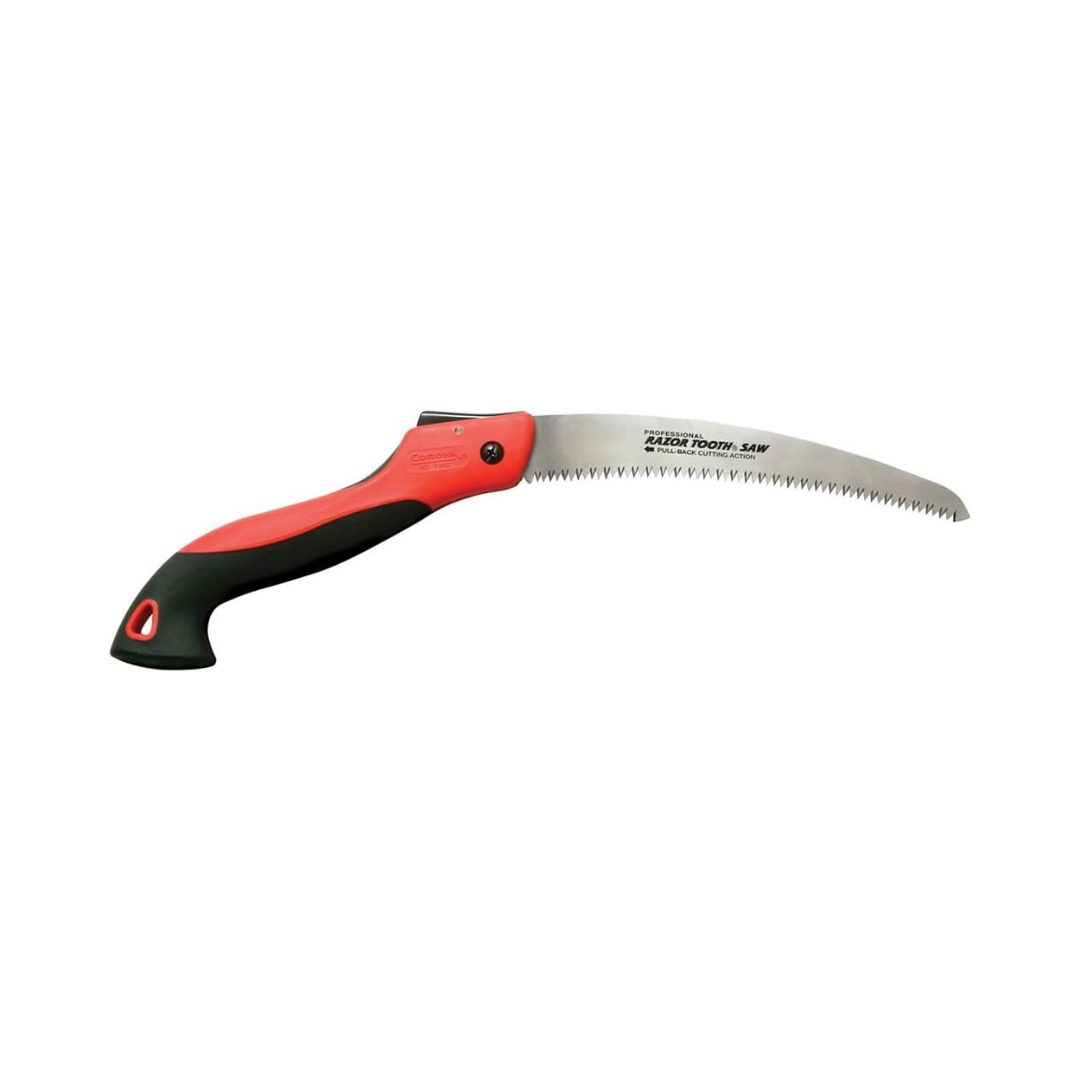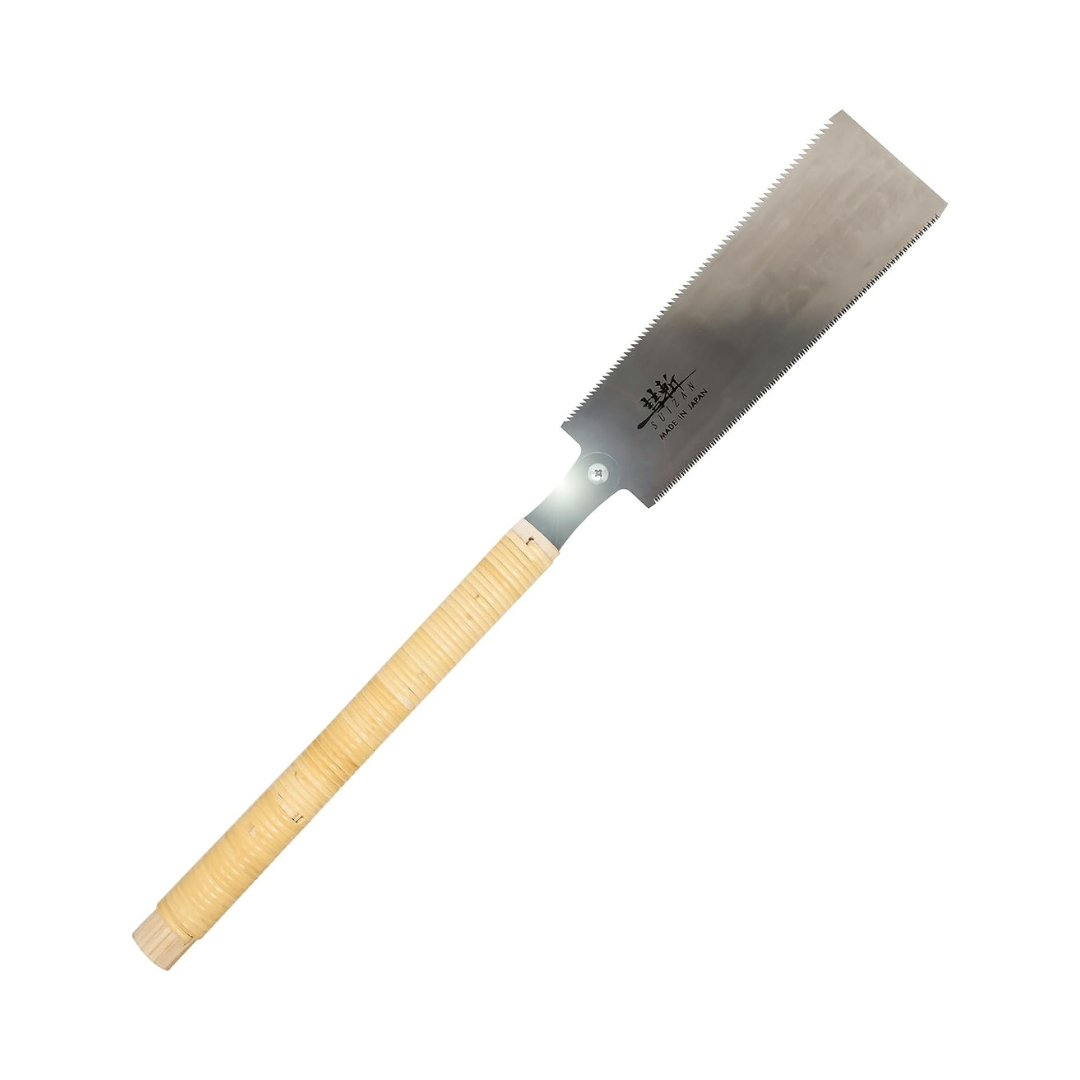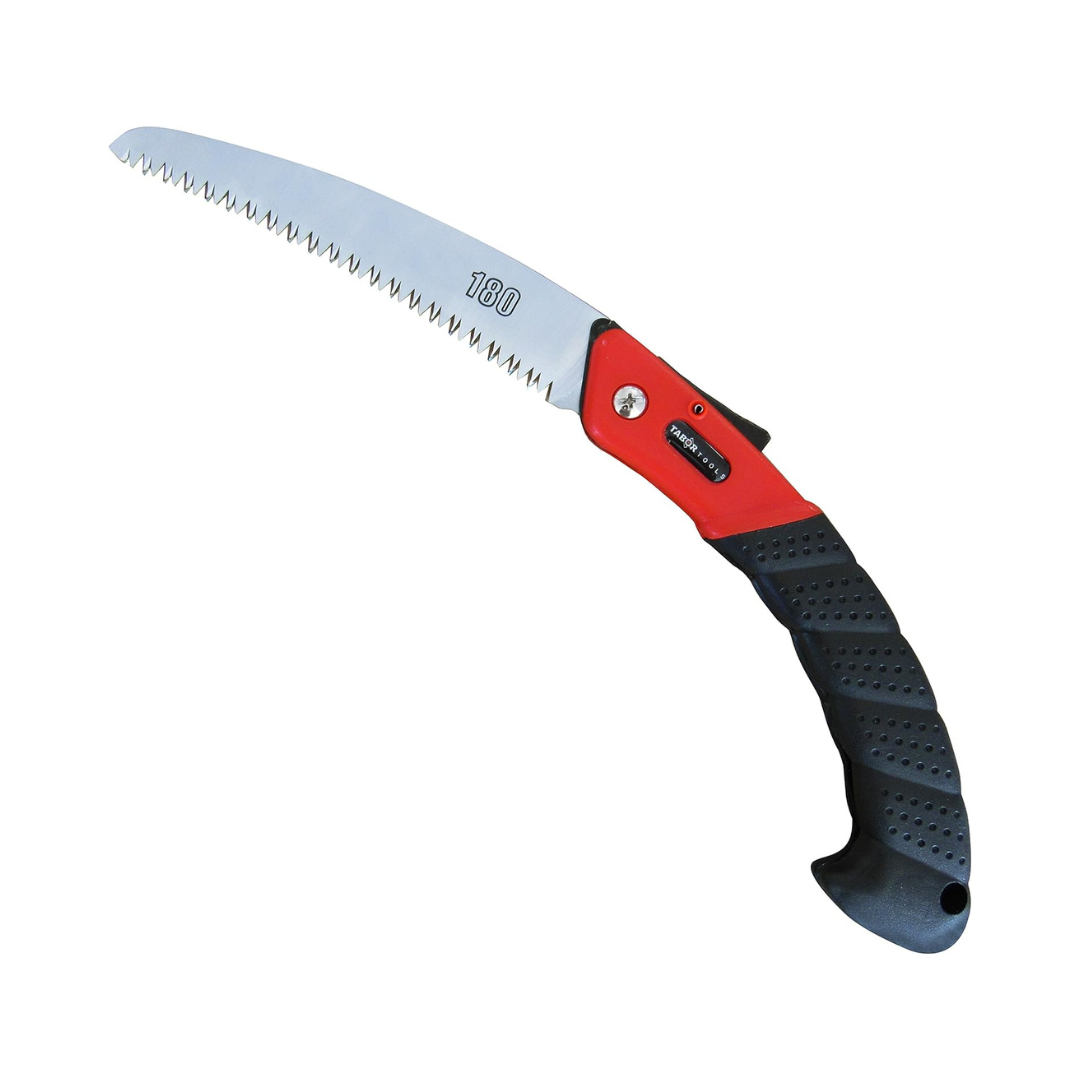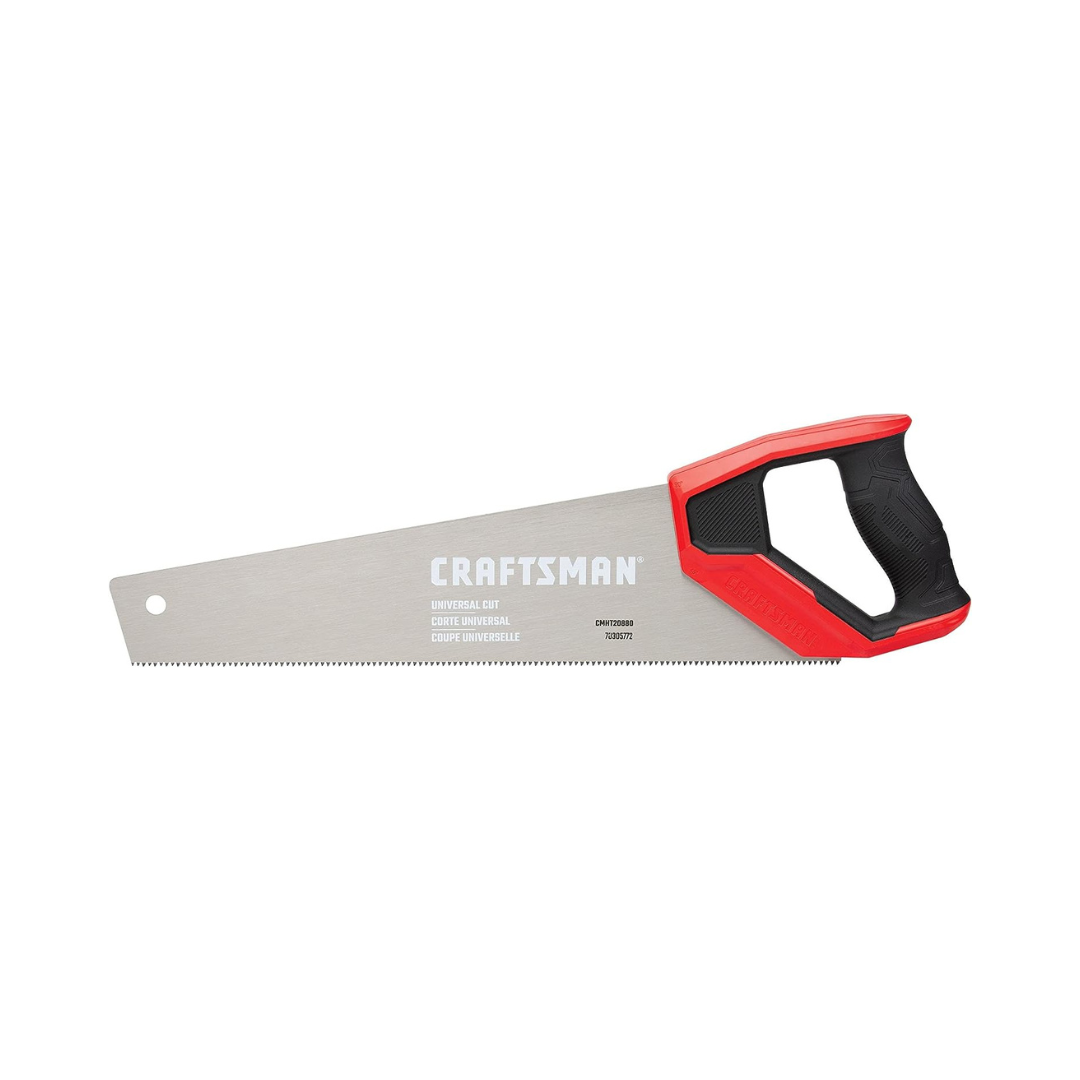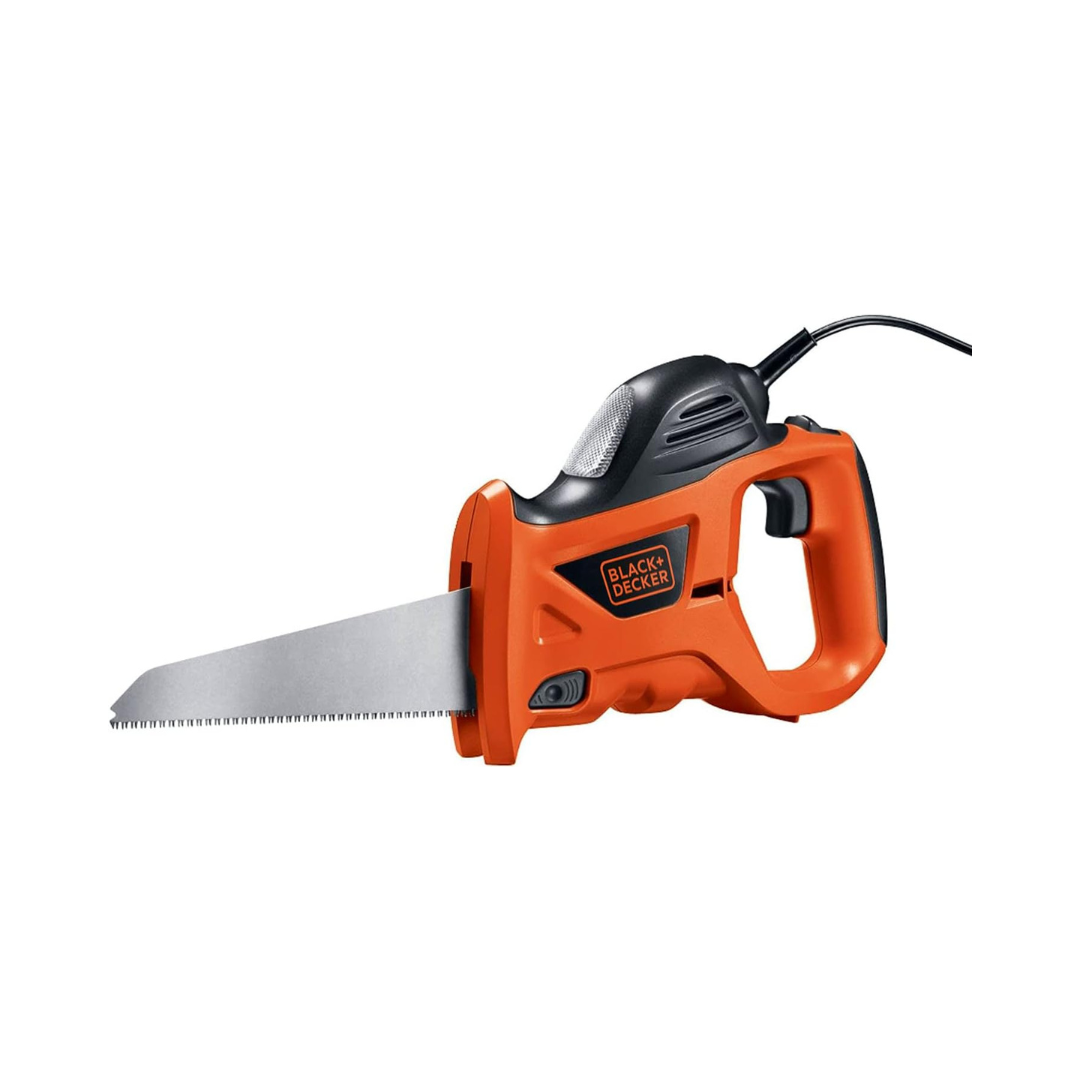We may be compensated if you purchase through links on our website. Our team is committed to delivering honest, objective, and independent reviews on home products and services.
While electric saws offer plenty of power, sometimes there’s nothing better than going back to basics with a classic hand saw. A trusty hand saw is essential for any carpenter or home improvement enthusiast, whether you’re tackling a small DIY project or a larger woodworking job. Depending on the type and frequency of use, hand saws range in price from about $15 to $65 and cost an average of around $30.
The Corona Razor-Tooth Folding Saw stands out as our top pick thanks to its high-quality build and thoughtful design, delivering precise, clean cuts safely. Priced at just $20, this portable, easy-to-store saw is perfect for those with limited workspace but who still need a reliable tool for accurate cuts.
In this buying guide, we’ve evaluated the best hand saws on the market, from double-bladed models to electric hand saws. With expert insight from This Old House general contractor Tom Silva, we’ve broken down the key features of each saw to help you make the best decision for your next project.
Top 5 Hand Saws
- Best Folding Blade: Corona Razor-Tooth Folding Saw
- Best Double-Bladed Saw: SUIZAN Double-Edge Japanese Ryoba Pull Saw
- Best Curved Blade: Tabor Tools Folding Saw
- Best Long Blade: Craftsman Hand Saw
- Best Electric Hand Saw: BLACK+DECKER Electric Hand Saw
Compare Top Hand Saws
| Product | Number of Teeth Per Inch | Blade Length | Surface Recommendation |
|---|---|---|---|
| Corona Razor-Tooth Folding Saw | 6 | 7 inches | Wood |
| SUIZAN Double-Edge Japanese Ryoba Pull Saw | 15 | 9.5 inches | Wood |
| Tabor Tools Folding Saw | 3 | 8 inches | Wood |
| Craftsman Hand Saw | 6 | 15 inches | Wood and plastic |
| BLACK+DECKER Electric Hand Saw | 6 | 11.75 inches | Wood, plastic, metal |
| Product | Number of Teeth Per Inch | Blade Length | Surface Recommendation |
Best Folding Blade
Best Double-Bladed Saw
Best Curved Blade
Best Long Blade
Best Electric Hand Saw
Types of Hand Saws and Their Uses
Hand saws come in various shapes and sizes, each designed for specific cutting tasks. Here’s an overview of the most common types and their applications.
Hacksaw
A hacksaw is best for cutting metal. Tom explains that hacksaws can cut through various materials, including copper, aluminum, and steel. These saws typically feature a C-shaped frame that holds a thin, replaceable blade.
Key features of hacksaws include:
- Adjustable blade tension
- Interchangeable blades with different tooth counts
- Ability to cut both thick and thin materials
To change a hacksaw blade, loosen the tension on the bow, adjust the bow size if necessary, and insert the new blade with the teeth facing away from the handle. Tighten the wing nut at the end to secure the blade in place.
Jab Saw
Also known as a drywall saw, a jab saw is designed for cutting through drywall and other soft materials. It features a sharp, pointed tip that allows you to easily pierce drywall and start cutting.
To use a jab saw:
- Mark the area you need to cut
- Position the sharp tip on the marked spot
- Push the saw through the material with a firm thrust
- Cut along the marked lines using a back-and-forth motion
Jab saws are particularly useful for creating openings for electrical outlets or other fixtures in drywall. Their unique design makes them indispensable when precision is crucial.
Flush-Cut Saw
A flush-cut saw is designed for trimming protruding dowels, screws, or other fasteners flush with the surface of the material. These saws typically have a flexible blade that can sit flat against the surface, allowing for precise cuts without damaging the surrounding area.
Some flush-cut saws feature reversible handles, enabling you to work from different angles or in tight spaces. This tool is particularly beneficial when dealing with carpentry details that need a flawless finish.
Pull Saw
Pull saws, also known as Japanese-style saws, cut on the pull stroke rather than the push stroke. This design allows for more control and precision, making them ideal for fine woodworking tasks.
Tom shows a double-edge pull saw with a flexible blade that you can use for various applications, including making precise cuts in tight spaces, trimming baseboards, and undercutting door casings for flooring installation.
Coping Saw
A coping saw is designed for making intricate curved cuts in wood and other materials. It features a thin, flexible blade held in tension by a U-shaped frame. Coping saws are particularly useful for creating detailed molding joints and cutting intricate patterns.
When using a coping saw, remember that it cuts on the pull stroke, not the push stroke. This tool’s unique ability to handle curves and patterns makes it a favorite among woodworkers engaged in detailed designs.
Miter Saw and Miter Box
A miter saw, also called a backsaw, pairs with a miter box to make precise angled cuts. This combination is ideal for cutting molding, trim, and other materials at specific angles.
A typical miter box allows for 90-degree straight cuts, 45-degree left and right cuts, and various other angle options.
While time-consuming compared to power tools, a manual miter saw and box give you excellent control and precision for smaller projects.
Traditional Hand Saw
The classic hand saw is a versatile tool for making straight cuts in wood. These saws come with different tooth configurations for various cutting tasks:
- Crosscut saws: Optimized for cutting across the grain
- Rip-cut saws: Designed for cutting along the grain of the wood
The number of teeth per inch (TPI) determines the fineness of the cut. Generally, more teeth result in a smoother cut but slower cutting speed. For example, an 8-TPI saw is coarser and better suited for rip cuts, while a 12-TPI saw provides a finer finish for crosscuts. Traditional hand saws are often the go-to tool for general carpentry work.
Proper Hand Saw Technique
Using a hand saw effectively requires proper technique and body positioning. Silva stresses the importance of aligning your body correctly in relation to the saw:
- Position your shoulder and hand in line with the saw blade.
- Stand directly in front of the cut line.
- Start the cut with a gentle pull-stroke.
- Allow the weight of the saw to do the work.
- Maintain a steady, rhythmic motion throughout the cut.
By following these guidelines, you’ll achieve straighter, more accurate cuts and reduce fatigue during extended use.
Choosing the Right Hand Saw for Your Project
Selecting the appropriate hand saw for your task will give you the best results. Consider the following factors when choosing a saw:
- Material you’re cutting (wood, metal, drywall, etc.)
- Precision you need for the job
- Type of cut you need (straight, curved, flush, etc.)
- Your level of experience with hand tools
For example, if you’re working on a delicate woodworking project that needs intricate cuts, a coping saw or pull saw will be your best option. For general carpentry tasks, a traditional hand saw with the appropriate TPI for your cutting needs would be suitable.
Frequently Asked Questions About Hand Saws
What can I use my hand saw for?
You can use a hand saw to cut wood of any kind. A hand saw is not as powerful as a rotating chop or miter saw, but it can make smaller, more precise, and more detailed cuts. Many DIY enthusiasts use hand saws to build furniture or to make improvements around their houses in tight spaces.
What’s a ryoba?
A ryoba is a specific type of Japanese hand saw. The word “ryoba” means “pair of blades” in Japanese. True to its name, a ryoba has two cutting edges rather than one. Typically, one edge will feature a rip pattern for cutting along the wood grain, while the other will feature a cross pattern for cutting against the grain.
How often should I sharpen my hand saw?
Sharpen your hand saw as soon as you notice that the blade is getting dull. This is usually every two to four weeks if you use yours regularly.
How We Selected the Best Hand Saws
To provide our readers with the best recommendations possible, we rely on several key sources of information to help guide our selection process.
Initial Research: Our research process began by generating a list of hand saws with a significant number of verified buyer reviews and an average customer review rating of 4–5 stars. I looked at positive and negative reviews alike, focusing on information from both satisfied and critical buyers.
Expert Insights: Through our years of experience, we’ve learned that listening to what others have to say is key to building accurate, well-rounded articles. To complement our in-house expertise, our team looked at reviews and videos from trusted publications and independent testers, spoke with subject matter experts, and drew insights from reader contributions.
Final Product Selection: I then began fine-tuning our list by replacing older models with the latest versions and eliminating any discontinued models. From there, I pared the list down further by comparing each model’s feature set and selecting the best-in-class options for various buyers, budgets, and scenarios.
Why You Can Trust Us
This Old House has empowered homeowners and DIYers for more than four decades with top-notch home improvement advice in the form of television programs, print media, and digital content.
Our team focuses on creating in-depth product and service review content. To date, we’ve published numerous tool reviews, from cordless drills and impact drivers to tape measures and laser levels.
Once we conclude our research, we craft a comprehensive, user-friendly article of recommended products and additional information to help our readers make the right purchase.
Questions or Comments?
To share feedback or ask a question about this article, send a note to our team at reviews@thisoldhousereviews.com.
